Use of high-purity methyl iodide and its impact on the environment
Release time:
2020-10-20
High-purity iodomethane is a halogenated hydrocarbon, whose molecular formula is written as CH3I and MeI, and is an iodide substitute of methane. It is a dense volatile liquid at room temperature, with a dipole moment of 1.59D and refractive index of 1.5304 (20 ℃, D) and 1.5293 (21 ℃, D). High-purity methyl iodide can be mixed with common organic solvents, and the pure product is colorless. When exposed to the sun, it will decompose into iodine simple substance with purple color, which can be removed by adding metal copper. Methyl iodide exists in a small amount in rice fields. Iodomethane is a common methylation reagent in organic synthesis.

High-purity iodomethane is a halogenated hydrocarbon, whose molecular formula is written as CH3I and MeI, and is an iodide substitute of methane. It is a dense volatile liquid at room temperature, with a dipole moment of 1.59D and refractive index of 1.5304 (20 ℃, D) and 1.5293 (21 ℃, D). High-purity methyl iodide can be mixed with common organic solvents, and the pure product is colorless. When exposed to the sun, it will decompose into iodine simple substance with purple color, which can be removed by adding metal copper. Methyl iodide exists in a small amount in rice fields. Iodomethane is a common methylation reagent in organic synthesis.
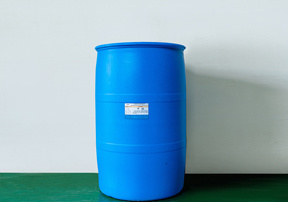
On October 27, 2017, the list of carcinogens published by the International Agency for Cancer Research of the World Health Organization (WHO) was preliminarily sorted for reference, and iodomethane was included in the list of category 3 carcinogens.
Use of high-purity methyl iodide:
1. Used as methylation reagent.
2. It has been proposed to be used as a component of fungicide, herbicide, insecticide or nematicide and fire extinguisher
3. As a soil disinfectant, as a substitute for methyl bromide (prohibited by the Montreal Convention)
4. Because of the refractive index, iodomethane is also used in microscopy
5. Hazard label 14 (with drugs) is mainly used for medicine, organic synthesis, pyridine inspection, microscopy, etc
High purity iodomethaneEnvironmental impact:
This substance may be harmful to the environment, and attention should be paid to atmospheric pollution.
1. Health hazards of high-purity methyl iodide
Invasion route: inhalation, ingestion and percutaneous absorption.
Health hazard: This product has damaging effects on central and peripheral nerves, and has irritating effects on skin and mucosa.
2. Toxicological data and environmental behavior
High purity iodomethane toxicity: moderate toxicity.
Acute toxicity: LD50100~200mg/kg (rat oral); 76mg/kg (mouse oral); LC501300mg/m3, 4 hours (inhalation by rats); 900mg/m3, 2 hours (inhalation by mice)
Irritation: human skin: 1g, 30 minutes, mild irritation.
Mutagenicity: microbial mutagenicity: Salmonella typhimurium 2uL/dish; Escherichia coli 20umol/L. Mammalian somatic cell mutagenicity: mouse lymphocytes 15mg/L, 2 hours.
High purity iodomethaneCarcinogenicity: IARC Carcinogenicity Review: Animal positive.
Hazardous characteristics of high-purity methane-iodide: heat decomposition releases toxic iodide smoke.
Combustion (decomposition) products: carbon monoxide, carbon dioxide, hydrogen iodide.
Related news






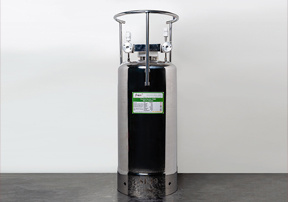
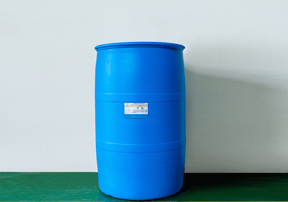
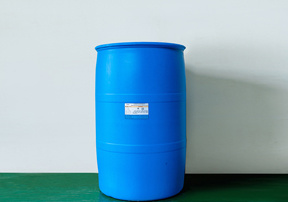
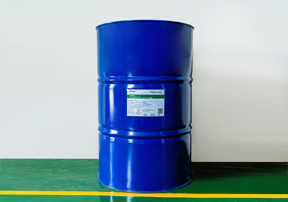






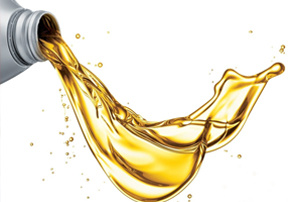




 LANGUAGE ▼
LANGUAGE ▼





